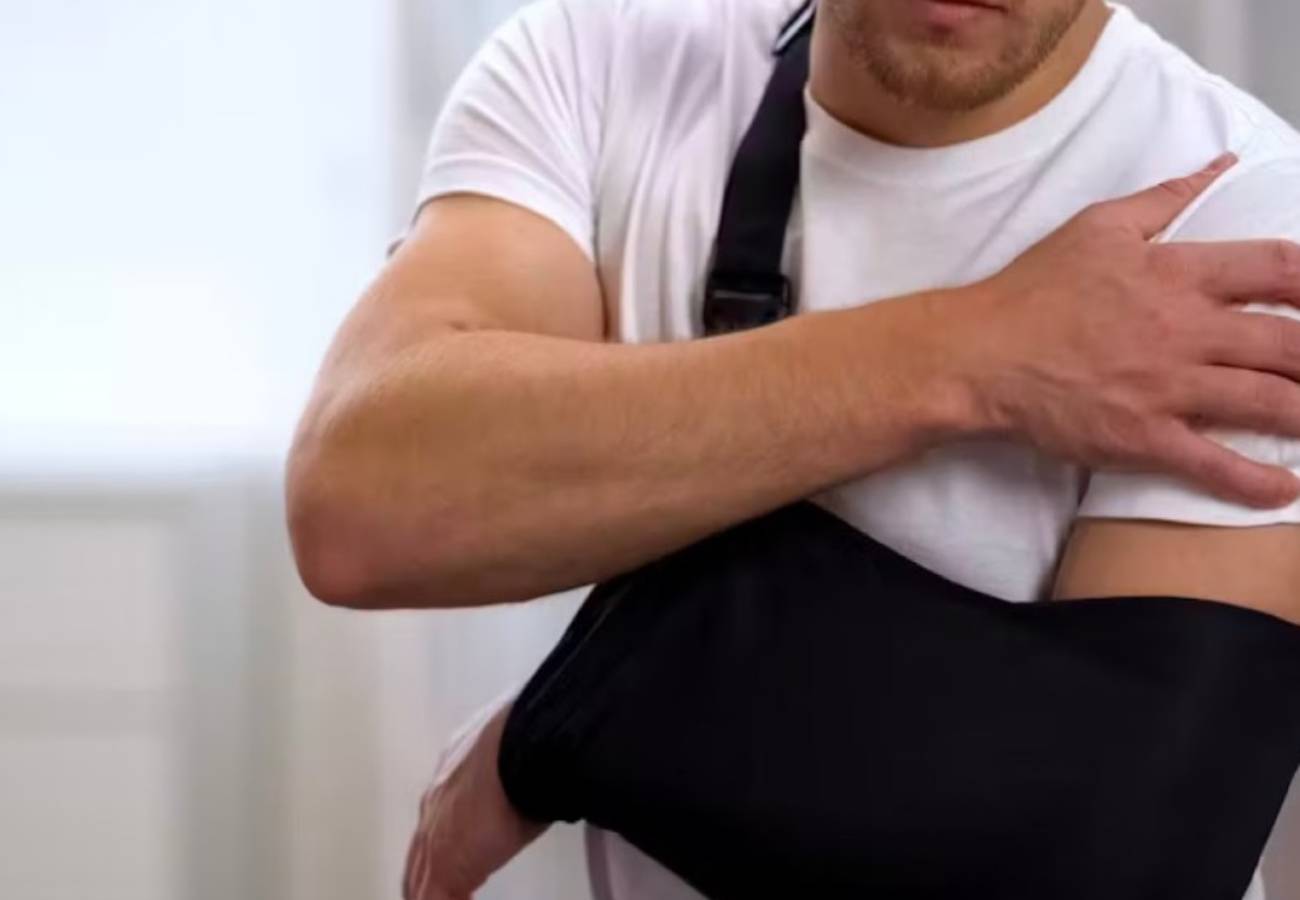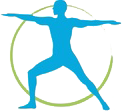
Guarding Your Arms: Understanding Shoulder Dislocation and Instability
Are persistent shoulder issues disrupting your daily activities and leaving you feeling frustrated? If you’ve experienced the discomfort of a shoulder dislocation or the unsettling feeling of instability, you’re not alone. These conditions can significantly impact your quality of life, affecting everything from routine tasks to your ability to engage in activities you love. But here’s the good news – understanding these challenges is the first step toward overcoming them!
The human shoulder joint boasts remarkable mobility, enabling a wide range of movements and diverse positions. However, this flexibility also renders the shoulder susceptible to instability and different types of dislocations.
Shoulder Dislocation: What is it and what causes it?
Shoulder dislocation and instability are related conditions, but they differ in their underlying causes and symptoms. Shoulder dislocation occurs when the upper arm bone (humerus) pops out of the shoulder socket (glenoid). This can happen due to a traumatic injury, such as a fall or a blow to the shoulder, or due to repetitive strain on the joint. It could involve ligament and muscle damage, cartilage and bone loss (Bankart lesion, Hills-Sachs lesion), making the shoulder dysfunctional and painful. The most common type of dislocation is anterior. Individuals who have hypermobility or hypermobility related syndromes such as Ehlers-Danlos are more prone to shoulder dislocations due to the inherent laxity of the connective tissues, making the shoulder more unstable.
On the other hand, shoulder instability refers to a condition where the shoulder joint is prone to dislocation or subluxation (partial dislocation) due to weakness or laxity in the muscles, ligaments, and other soft tissues that support the joint. This can be caused by a traumatic injury, repetitive strain, or a congenital condition. Furthermore, various types of instability, whether traumatic or congenital, can contribute to the susceptibility of the shoulder joint and also affect the control and strength of the whole upper limb. Understanding these intricacies is essential for tailoring rehabilitation strategies to address specific challenges associated with shoulder injuries.
Symptoms & Diagnosis
Individuals with shoulder dislocation may experience sudden, severe pain in the shoulder, swelling, and bruising. They may also have limited range of motion, visible deformity of the shoulder, numbness or tingling in the arm or hand, and weakness in the affected arm. Those with shoulder instability, on the contrary, may feel a sense of laxity in the shoulder joint. They may experience recurrent episodes of the shoulder giving way or feeling like it might dislocate. Pain or discomfort during certain movements, especially overhead activities, is also common.
The diagnostic process for shoulder dislocation or instability typically involves a thorough history and physical examination, imaging studies such as X-rays and MRI, and consultations with specialists such as orthopaedic surgeons and physical therapists. A study published in the National Library of Medicine notes that pain, anxiety, fear, and avoidance of movement are natural emotional reactions to shoulder instability but are not necessarily correlated with the severity of structural damage.
In case of a first traumatic shoulder dislocation, the choice between conservative management and surgery hinges on factors like age, activity level, and injury severity. Conservative management is often preferred for those not engaging in overhead activities, while surgery is considered for younger, more active individuals. Factors like associated injuries (e.g., fractures, rotator cuff tears) can also sway the decision toward surgery. Ultimately, the choice depends on the patient’s unique circumstances, preferences, and the surgeon’s expertise.
The Crucial Role of Physiotherapy
Physiotherapy plays a crucial role in the management of recurrent shoulder instability and prehabilitation. In cases of recurrent shoulder instability without trauma, surgery is not usually recommended, and non-operative treatment in the form of exercise-based physiotherapy is the mainstay of treatment. However, if surgery is needed, physiotherapists may also assist with prehabilitation, which is the process of preparing the shoulder joint for surgery to reduce the risk of postoperative complications and improve outcomes.
The primary goals of physiotherapy in this context are to enhance dynamic muscular and proprioceptive restraints to shoulder instability, improve shoulder stability, strength, and range of motion, and facilitate the return to functional activities.
The specific roles of physiotherapy in the management of shoulder dislocation and instability include:
1. Proprioceptive Training
Proprioception exercises aim to improve the body’s awareness of joint position and movement. This can include balance and stability exercises using unstable surfaces, such as wobble boards or balance pads, to challenge the shoulder’s proprioceptive control.
2. Strengthening Exercises
Specific exercises targeting the muscles around the shoulder joint, including the rotator cuff muscles and scapular stabilisers, are essential for improving shoulder stability. These exercises may include resistance training using bands, weights, or bodyweight exercises to progressively strengthen the shoulder musculature.
3. Range of Motion Exercises
Controlled and progressive range of motion exercises are important to restore flexibility and mobility in the shoulder joint. These may include passive, active-assisted, and active range of motion exercises to address any stiffness or limitations in shoulder movement.
4. Neuromuscular Control Training
Neuromuscular control exercises focus on enhancing the coordination and control of the shoulder muscles to improve joint stability and reduce the risk of re-injury. This can involve specific movement patterns and functional activities to promote optimal muscle activation and coordination
5. Functional Rehabilitation
Functional rehabilitation involves the integration of specific movements and activities relevant to the individual’s daily or sporting requirements. This may include sport-specific drills, functional movement patterns, and task-specific training to ensure a safe return to activities and sports participation
Preventing shoulder dislocation and instability involves a proactive approach to shoulder health. For individuals at a higher risk, such as athletes engaged in contact sports or those with a history of shoulder injuries, adopting preventive measures is paramount. Strengthening the muscles surrounding the shoulder joint through targeted exercises can enhance its stability. Incorporating exercises that focus on the rotator cuff and deltoids, under the guidance of a physiotherapist, can significantly contribute to shoulder strength and resilience.
Preventive Measures and Lifestyle Adjustments
A recent study on current approaches have shown that lifestyle adjustments also play a crucial role in mitigating the risk of shoulder issues. Maintaining a healthy weight reduces unnecessary stress on the shoulders, particularly for those prone to instability. Practising good posture, both during daily activities and exercise, promotes shoulder alignment and reduces the strain on the joint. Additionally, individuals engaged in repetitive overhead activities should be mindful of technique and take regular breaks to avoid overuse.
Cultivating habits that prioritise shoulder health can be transformative. Simple adjustments, like ensuring ergonomic work setups and avoiding prolonged periods of immobility, contribute to overall joint well-being. Regular stretching and mobility exercises can enhance flexibility, reducing stiffness and vulnerability to injuries. By integrating these preventive measures and lifestyle adjustments into your routine, you empower yourself to minimise the risk of shoulder dislocation and instability, fostering a foundation for long-term shoulder health.
If you’re experiencing discomfort or the unsettling feeling of instability on your shoulder, don’t hesitate to contact us here at Physiomove London for a quick check up, diagnosis and full treatment. You don’t have to live through the pain!











